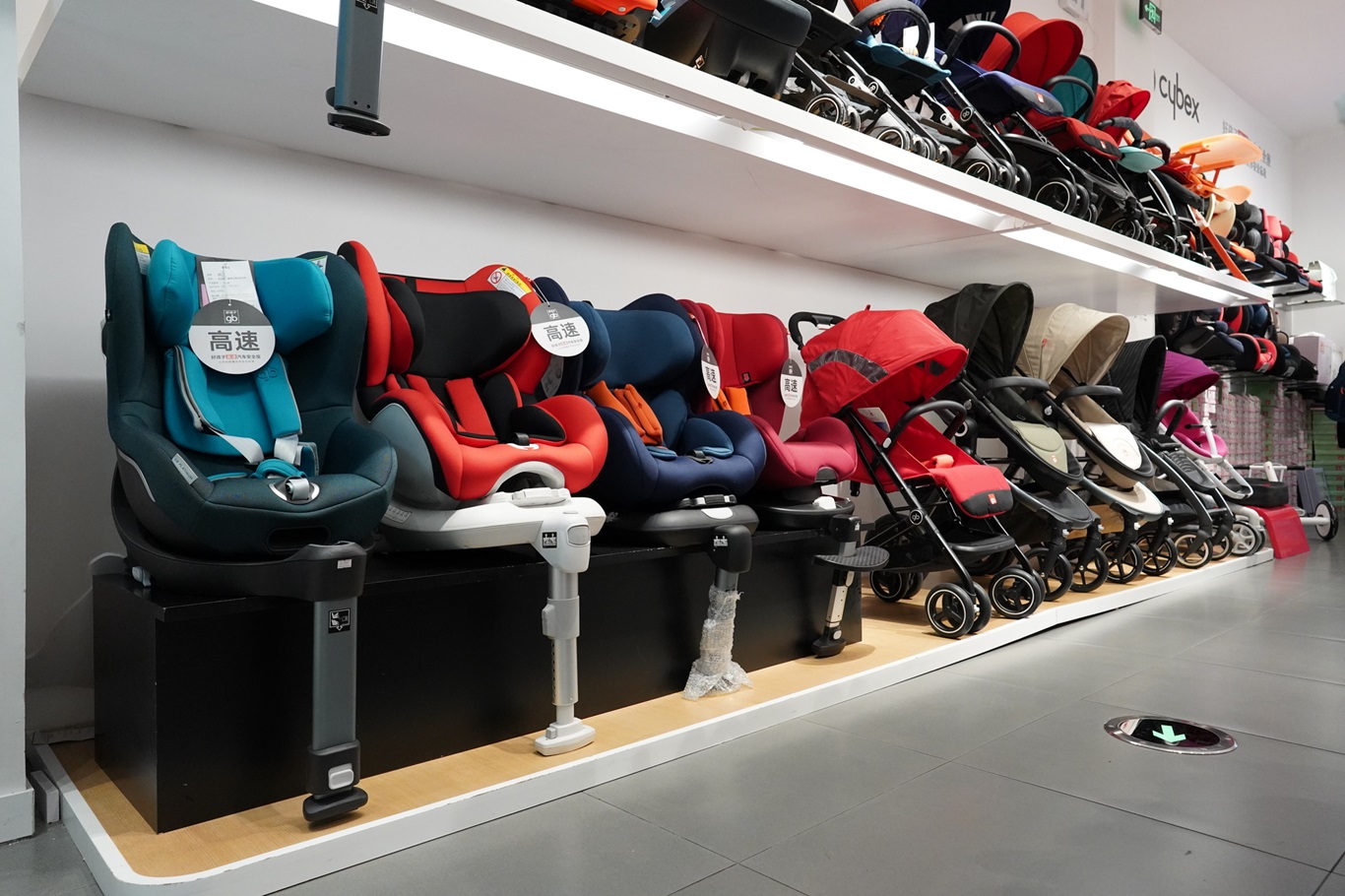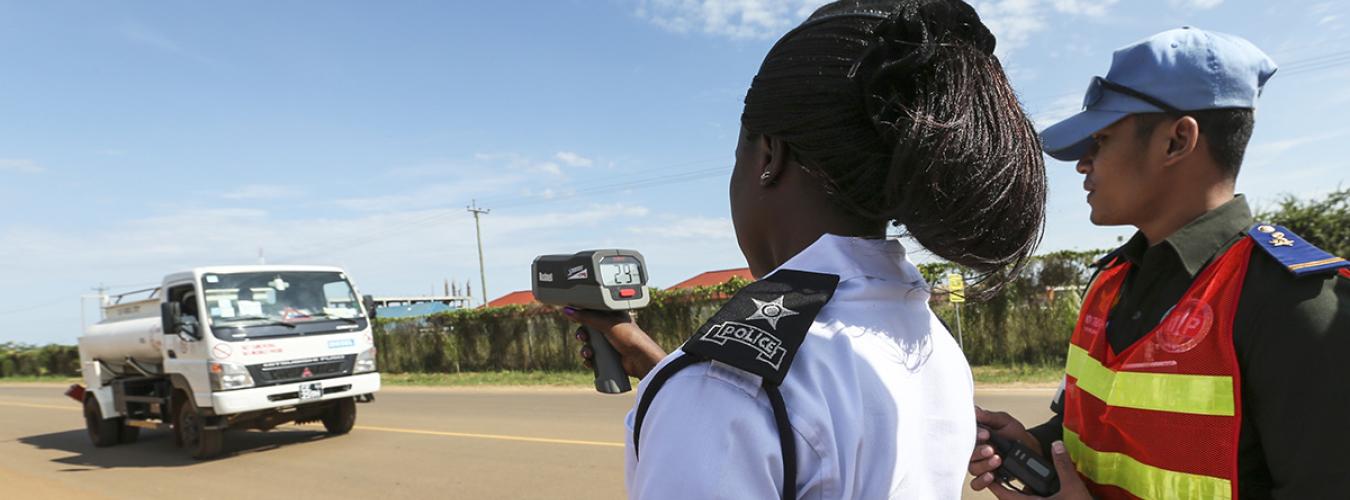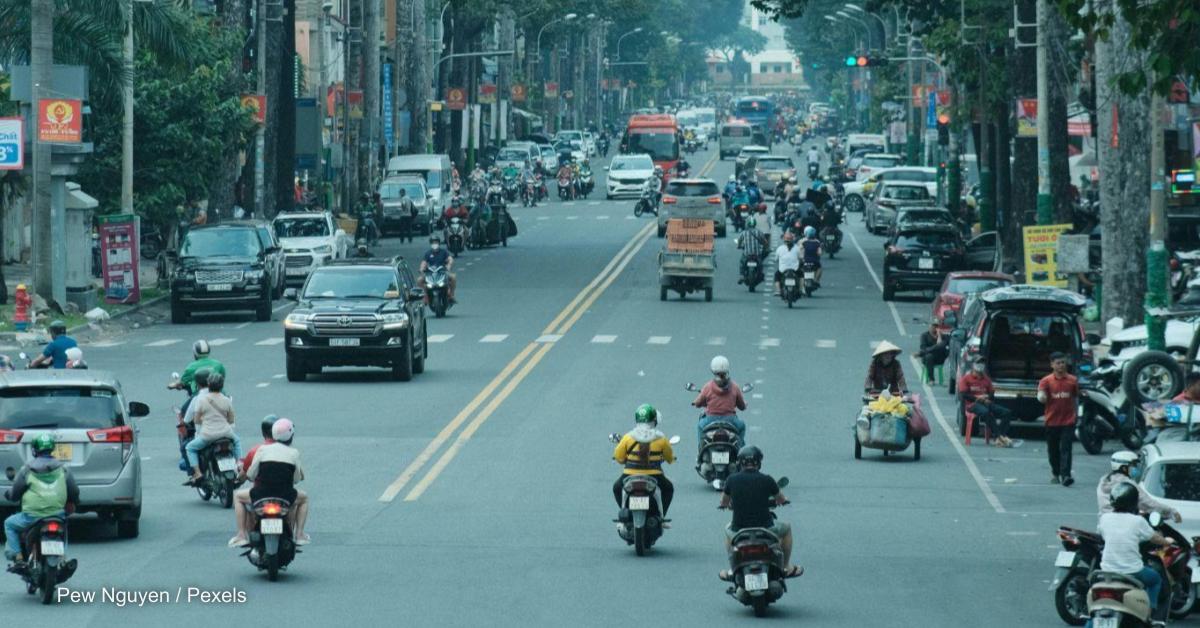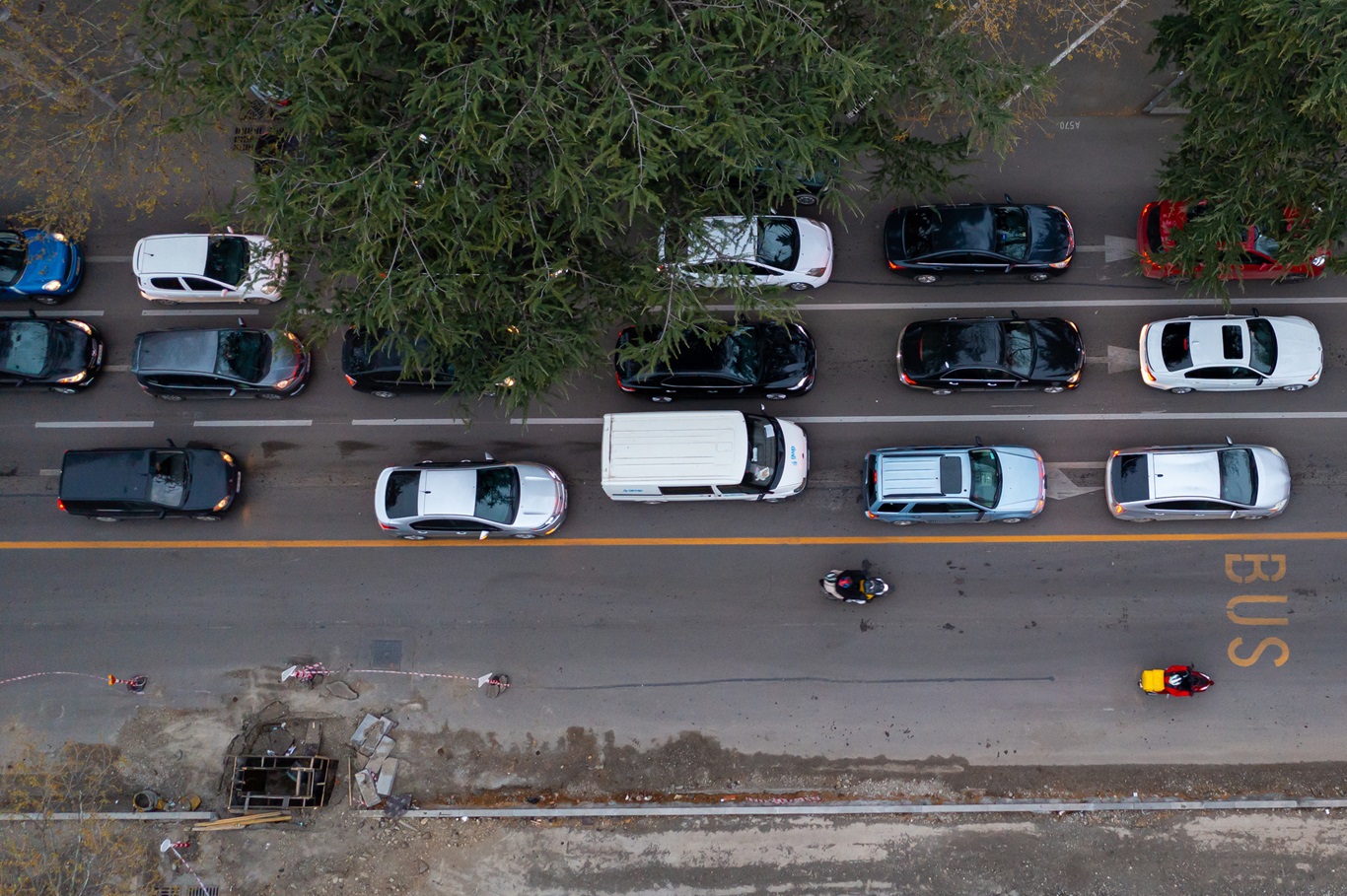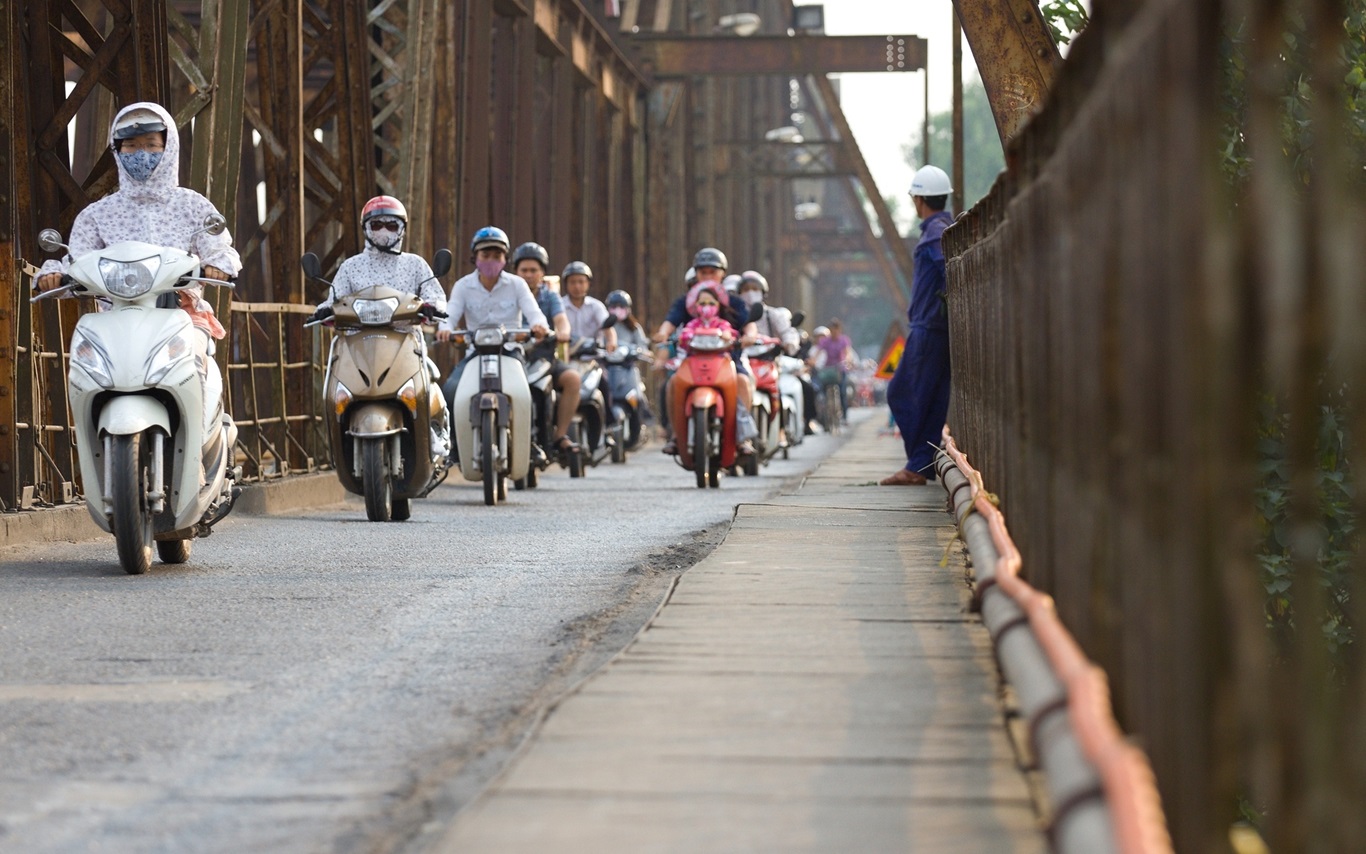China has adopted crucial new standards to enhance the safety of children in vehicles, following technical support from WHO. The updates to China’s national standards on child safety restraints (such as child car seats) should reduce deaths and injuries among children involved in road crashes.
Globally and in China, road traffic crashes are a leading cause of death for children and young adults aged 5 to 29. Child safety restraints can reduce deaths in crashes by up to 71% among infants.
China’s new standards require children to be seated in a rear or side-facing child restraint below the age of 15 months. This significantly reduces the chance of death or severe injury in a crash. It includes new measures to enhance impact protection, including more protection for the vulnerable head and neck for infants, as well as guidelines on the correct use and installation of child safety restraints from the International Standard for Attachment Points for Child Safety Seats in Cars (INSOFIX).
The new standards also make it easier for parents or guardians to choose the correct restraint based on a child’s height. Using height as the main determinant to assess which type of restraint is needed will also make it easier for the standards to be included in national law and to be enforced nationally.
“China’s new standards on child safety restraints will save lives and prevent serious injuries. WHO is proud to have played a part in supporting these vital amendments that are in-line with WHO and other UN recommendations. The research, knowledge and experience in selecting and adopting these changes will be valuable to China and many more countries that are developing standards for child safety restraints,” said Mr Martin Taylor, WHO Representative to China.
The latest standards were adopted by China’s National Standardization Administration and State Administration for Market Regulation on 29 September 2024. WHO will support the implementation of the standards when they come into force on 1 July 2025. Around 80% of the world’s child safety restraint systems are made in China, so the amendments could contribute to child safety globally.
WHO has supported the development of the new standards for several years, working with the China Automotive Technology and Research Center (CATARC), and the National Technical Committee of Vehicle Standardization to provide recommendations based on evidence and global best practice.
China’s experience will support similar technical assistance that WHO is providing to other countries. The development comes in the run up to the Fourth Global Ministerial Conference on Road Safety, which will bring leaders and experts together to accelerate action towards the Sustainable Development Goals’ target of halving global road deaths by 2030.
